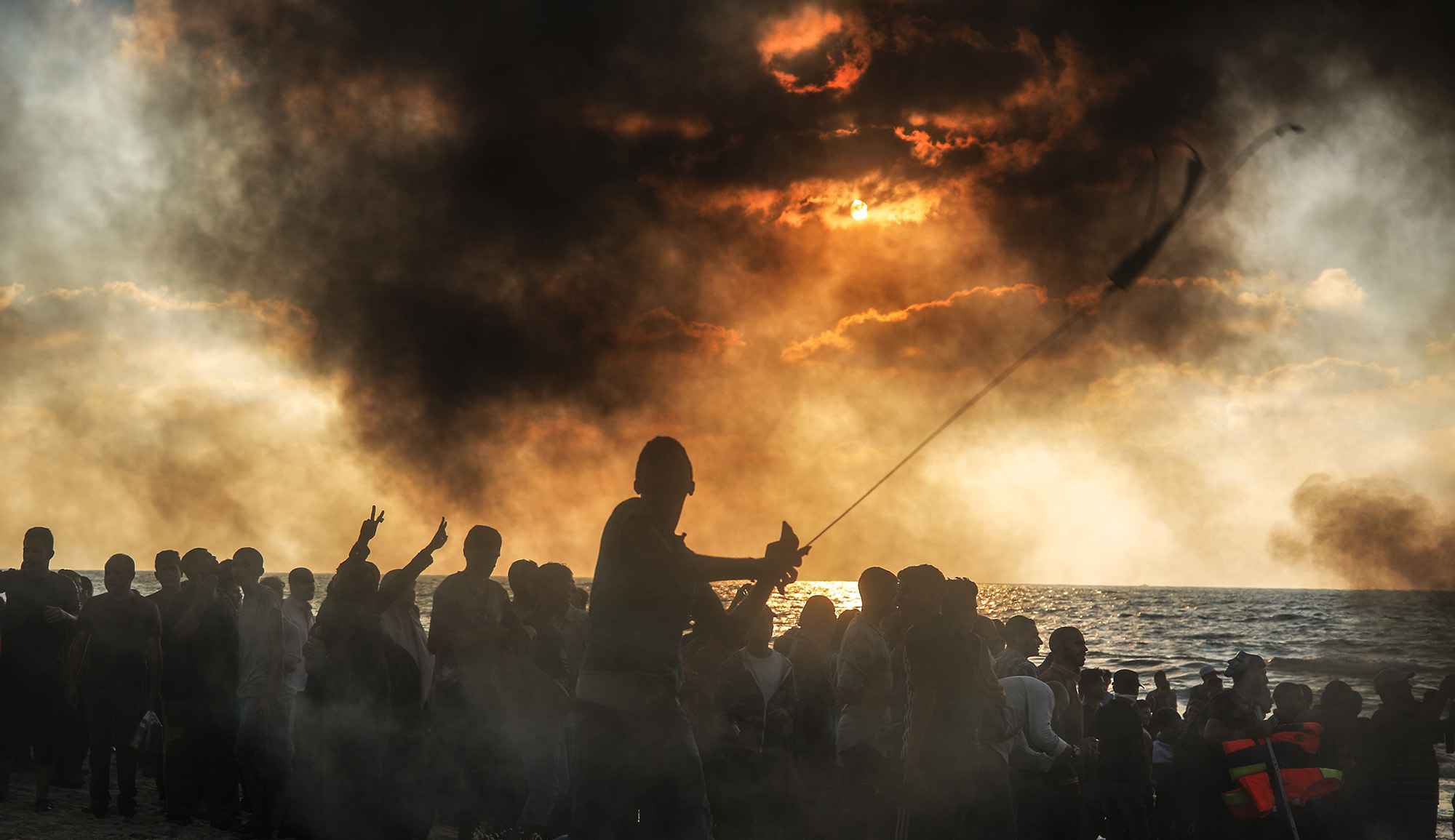Long before Holocaust memorials and museums sprang up in Europe and the U.S., Israel had Yad Vashem, which gets its name from a verse in the book of Isaiah. Elliot Jager tells the story of its creation and development:
The idea of a Zionist memorial to the victims of Hitler’s war against the Jews came to Mordechai Shenhavi (1900-1983) before anyone even grasped the horrifying scale of the Holocaust.
In August 1942, Shenhavi, a member of Kibbutz Beit Alfa in the Jezreel valley, had a terrifying dream. In it, he saw millions of Nazi victims marching toward Zion, carrying tombstones on their shoulders. Gripped by this vision, he struggled to persuade the pre-state Zionist institutions to take up the proposal. . . .
In a May 1945 article in Davar, a Hebrew-language newspaper and the powerful workers’-union mouthpiece, Shenhavi presented the nuts and bolts of his ideas for how the Holocaust should be memorialized. Finally, in August 1945, three months after World War II ended in Europe, delegates to the General Zionist Council meeting in London embraced his vision. . . .
How society treats Jewish people is often a reliable barometer for the moral state of humanity. . . . A small number of Christians actively tried to hide or help them escape. Most looked the other way. . . .
As time takes its toll on the last remaining survivors and witnesses—and as the enemies of the Jewish people brazenly deny that the Holocaust happened—Yad Vashem stands as an everlasting memorial, a beacon to light the way for mankind in a darkening world.
More about: History & Ideas, Holocaust, Holocaust remembrance, Israel, Righteous Among the Nations, Yad Vashem


